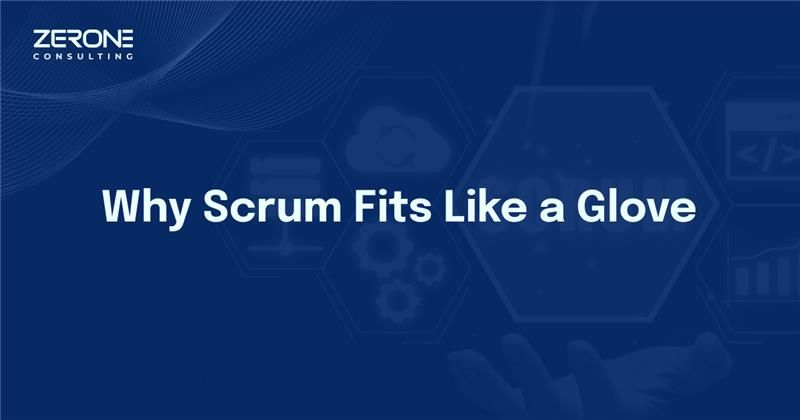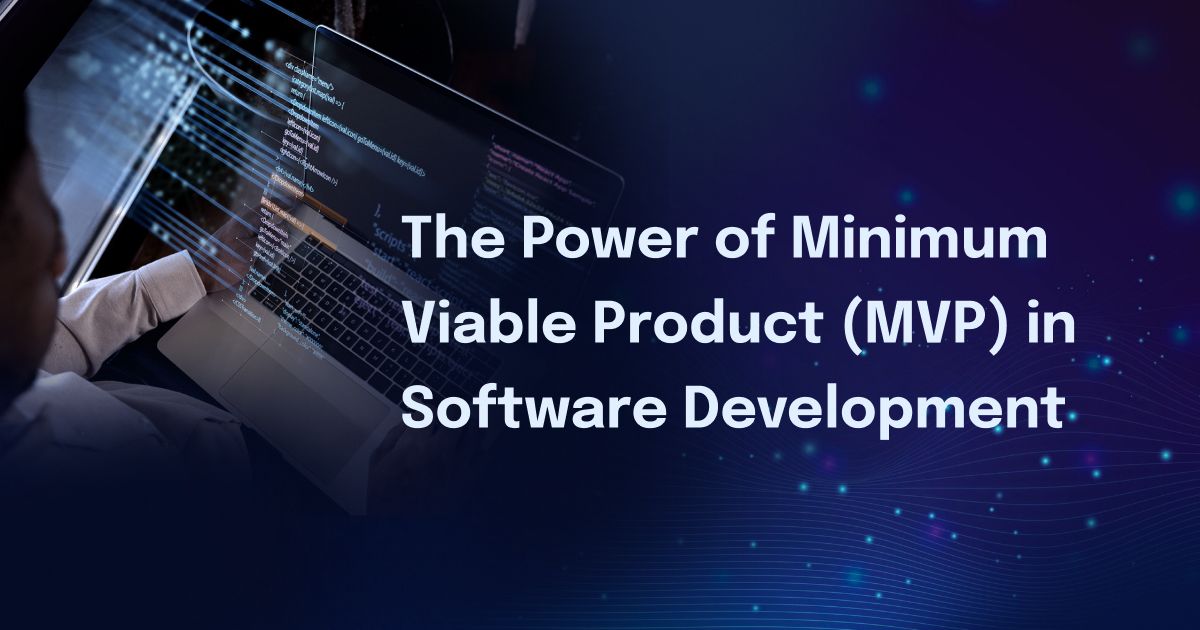MVP checklist
Define, Appraise, Develop
Why do 70% of startups fail?
Startups often begin with the assumption that they know what their target audience wants. They spend several months perfecting their product without sufficient collaboration with prospective customers. This business approach is highly risky and costly. If companies never try to understand whether the product satisfies customer needs, they eventually fail.
Today’s software tools are more powerful than they were ten years ago. Hence, it is a lot easier to build applications small to test customer reactions. It is a common misconception that the backend of a product is the first thing to be developed. Companies should ideally do the opposite. They should first make a workable front-end to check if potential customers are interested in the product. It is vital to build a complete, customer-centric product.
A Minimum Viable Product (MVP) is a release that is fit for customers, stripped right to the core. It comes with the smallest set of features that is sufficient to satisfy the early adopters of the product. An MVP allows startups to get a version of their product to market early to test the business concept, optimize, and expand solutions over time. It aims to provide immediate value while minimizing development costs. What an MVP entails could differ from organization to organization based on business needs, industry, and competition.
Why MVP?
As a product without the extras, an MVP focuses on the core value proposition. It examines the breadth and depth of the company’s vision and defines the value that it wants to provide an ideal customer. By building just enough to validate hypotheses, the amount of rework is minimal. Early adopters are most likely to provide feedback on desired changes, helping confirm the value proposition sooner. This feedback also helps create a smarter, market-informed product roadmap. By testing all business functions end-to-end, companies can test business model assumptions on customer acquisition cost and customer lifetime value.
An MVP helps companies realize whether their customers really need the product. Validation helps in identifying problems and addressing the solution. It also cuts down costs and speeds up the go-to-market process. Through an MVP, organizations develop a strong relationship with customers at an early stage. This is instrumental in the success of product development and the product itself. As we saw, an MVP usually targets early adopters to validate value proposition hypotheses. This also helps companies attract investors early.
A landing page is the most common idea for creating a platform to communicate with the target audience. By describing features and showing demos, it also helps in generating leads for the product. The developer of Buffer tested the tool initially as a landing page. He collected customer feedback data and gathered the requirements before building the tool, which now has over 4.5 million registered users.
MVP to-do list
Here’s a checklist that startups should keep in mind while building an MVP.
-
Define the primary goal of the product The team should first decide which and whose problem they are solving and have an idea about how the future customers would respond. It is pivotal to visualize customer pain points and flesh out the user stories.
-
Analyze the competition Startups should check on their existing competitors to find out how unique their value proposition is in comparison to competitors’ products. It is crucial to understand the strengths and weaknesses of alternative solutions in the market.
-
Estimate the flows of consumers who would use the product It is fundamental to know the real statistics of the product’s potential customers who would be willing to give the product a try in its beta version. The focus should be on what features customers need and why they need them. List out all the features the solution offers and prioritize them The team should make sure that they implement only the essential core features. The features should then be divided into must-have, should-have, could-have, and won’t-have.
-
Build, test, and learn from customer reactions Testing and learning from feedback should be a continuous process to iron out issues. By exploring different pricing models and using survey tools, the team should find out if customers would be willing to pay for the product if it promised to solve their problem.
MVPs allow startups to enter the market and make the most of their products with minimum expenditure. MVP application development not only demands technical expertise but also involves business acumen and strategic thinking. As a practice, Zerone incorporates MVPs in product development. The products evolve depending upon users’ expectations before their final versions are introduced.
We can help!
Finding The Right Match: When Scrum Works Best
#Customapplicationdevelopment
Mvps - A Silver Bullet In Software Development
#Customapplicationdevelopment
The Green Revolution: A Tale Of Technology Giants Striding Toward Sustainability
#Customapplicationdevelopment



